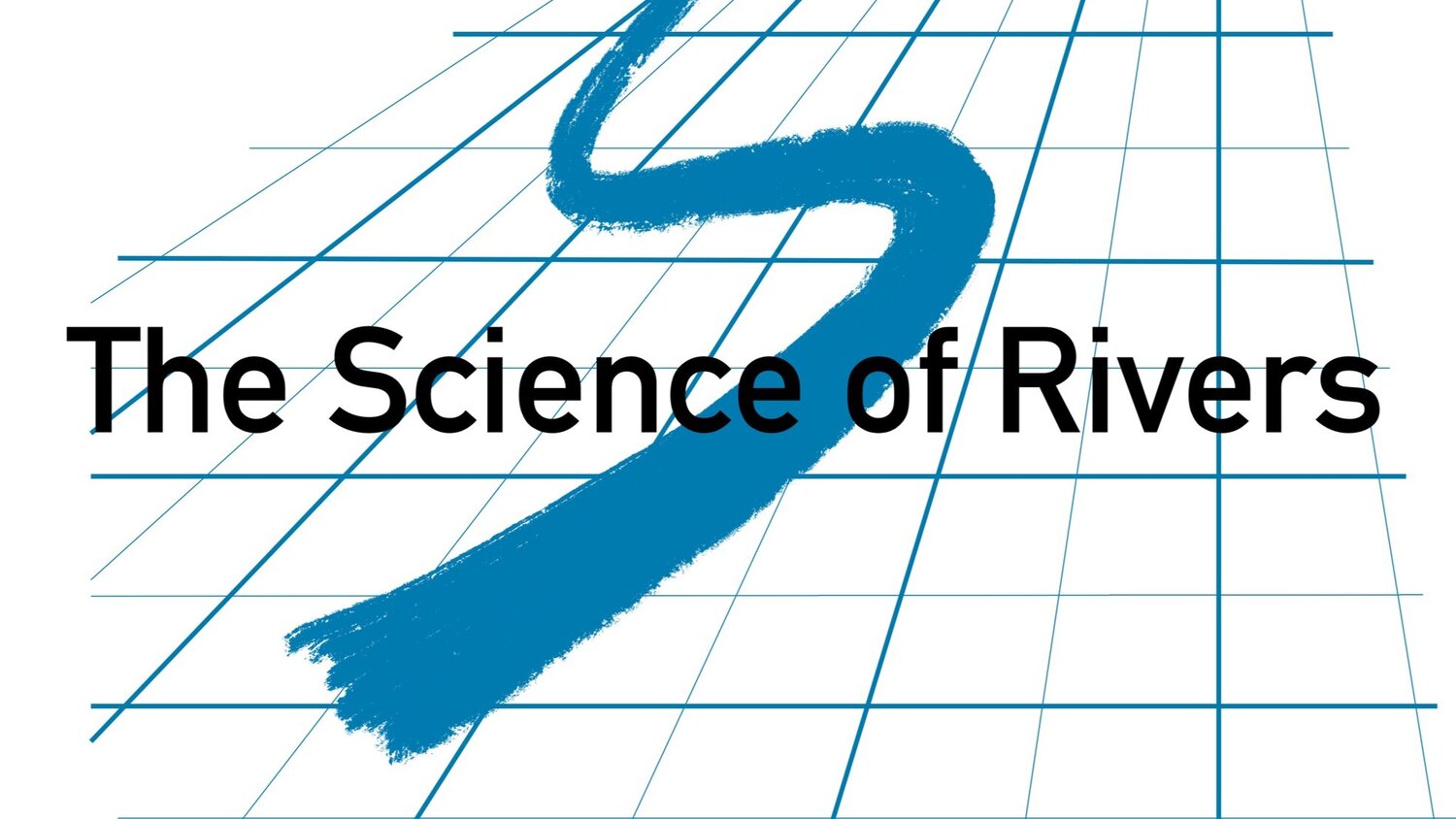The Hyporheic Zone: A World Beneath the Streambed
Illustration of the Hyporheic Zone, from D. Tonina and J. M. Buffington, 2009, Hyporheic Exchange in Mountain Rivers I: Mechanics and Environmental Effects. Geography Compass 3 (2009): 10.1111/j.1749-8198.2009.00226.x
A river’s boundary does not end at the channel margins. Even when not in flood, the river’s water reaches out laterally, beneath the riparian forest and floodplain, and vertically, into the substrate beneath the channel.
This underground world, where water originating in the river channel is percolating, in darkness, through the spaces between grains of gravel and sand, is called the hyporheic zone. The term Hyporheic means, literally, “beneath the river.” The distinguishing feature of this underground world is that surface water percolates down into it, moves through it for a while, and then reemerges from the streambed, becoming part of the surface water again further downstream.
This exchange of surface and subsurface water happens all along the river channel, giving the hyporheic water a character distinct from ordinary groundwater. And in the process, the surface water becomes changed as well.
One of the changes that happens when water enters the hyporheic zone is that it becomes cooler. We have all had the experience of going into the basement of an old house on a hot day, and noticing how cool the air can be down there. Temperatures below ground are cooler in the summer time, and more constant throughout the day. The streambed is no different.
The water flowing in the hyporheic zone becomes cooled, and when it reemerges, it cools the surface water as it mixes. This is one of the ways that a stream can remain cool in the sunlight, and cool off again in the shade after flowing through blistering sunlight.
Since the water flowing into the hyporheic zone carries dissolved substances from the surface water, including oxygen, carbon dioxide, and other nutrient substances that nurture growth of plants and fungi, there is life in this underground world. Each grain of gravel and sand becomes coated with a living film of microbes, a “biofilm,” that is nurtured by this flowing water and thrives in the absence of sunlight. Microscopic creatures, and even larger creatures, big enough to be seen by our eyes, such as copepods, tardigrades, insect larvae, tube worms, roundworms, and even juvenile fish enter, and live in, the hyporheic zone.
It is this biological activity that leads to another important function of the hyporheic zone: water filtration and purification. The streambed acts as a sand filter, physically straining out tiny particles of silt and organic matter, helping keep the surface water clear. The biofilm absorbs chemicals out of the water. Some of these chemicals nourish the microbes making up the biofilm. Other chemicals, including toxins from human pollution like road runoff, are absorbed by the biofilm, and in some cases broken down into harmless substances by the microbes.
Creatures entering the hyporheic zone may feed on organic matter that they find down there. So, there is a whole ecosystem of sorts in this world beneath the streambed. Many species of fish, including salmon, purposely deposit their eggs within the hyporheic zone. This shelters the eggs from predators, and from exposure to the stream current. The eggs hatch within the streambed, and the juvenile fish may live down there, within the spaces between the gravel, for a while, before they emerge. There have even been observations of juvenile fish within the hyporheic zone far out into the floodplain of some rivers, like the Flathead River in Montana.
In rivers that have floodplains, there are networks of subsurface flow pathways arcing from river channel out into the floodplain and back. These are mostly river channels that have become abandoned during channel migration and buried during floodplain sediment deposition. But because they are made of streambed material, they are highly porous, and make easy conduits for hyporheic water to flow out into the floodplain and back. This network of floodplain hyporheic pathways greatly increases the size of the hyporheic zone, and greatly increases its effectiveness at cooling, and purifying water. The floodplain hyporheic zone is important habitat for many aquatic insects important to the river ecosystem.
Scientists have been studying the hyporheic zone for several decades now, but our knowledge of what goes on down there, what lives there, and what its importance is to the ecology of the river is still lagging behind our knowledge of what happens in the surface water. The hyporheic zone is a difficult place to study! But emerging out of this research, is a consensus that the hyporheic zone is quite important for the ecological health of a river. Some have compared it to the liver in the functioning of the human body, cleansing the blood, removing and metabolizing toxins, moderating the levels of substances important to the rest of the body. In a like manner, the hyporheic zone moderates extreme water temperatures, removes toxins and excess nutrients, filters the water, and nurtures creatures that enrich the surface water ecosystem.
Watch an entertaining video explaining the hyporheic zone here
Take a journey into the magical world of the hyporheic zone. You will be shocked with what you find!
